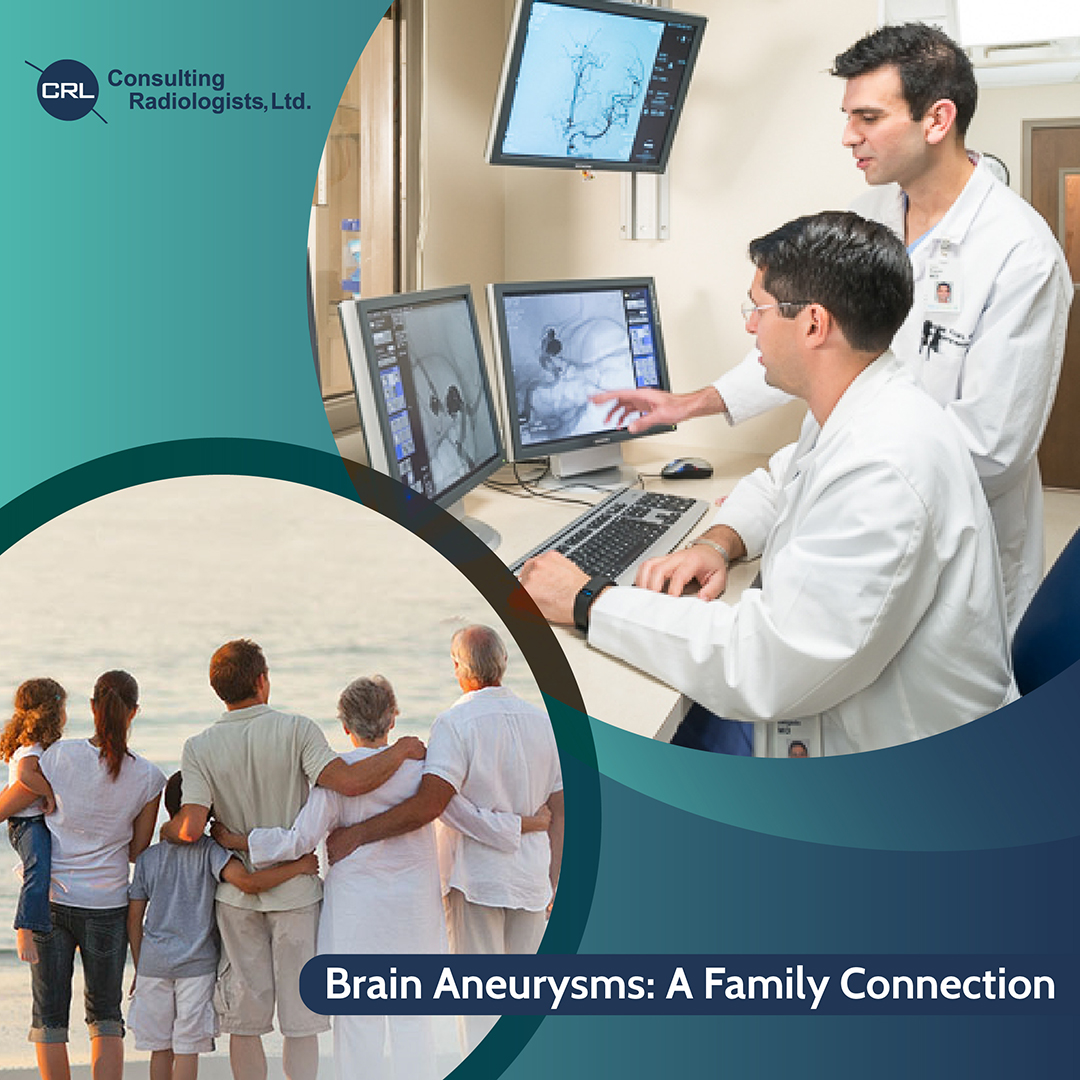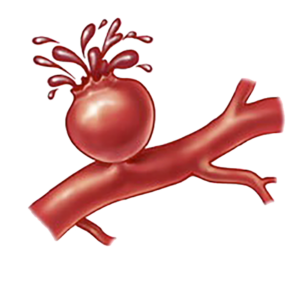
Brain Aneurysms: A Family Connection
Brain aneurysms are a serious medical condition that can lead to life-threatening consequences if left untreated. According to the Brain Aneurysm Foundation, brain aneurysms can occur at any age but are most prevalent in people 35-60 years old and affect women more than men by a 3:2 ratio. Factors such as lifestyle choices and medical conditions can contribute to the development of brain aneurysms, but perhaps more crucial is the role of genetic predisposition.
What Is A Brain Aneurysm?
An aneurysm is an abnormal, weak spot in an artery often formed without noticeable symptoms. It often looks like a ballooned area on the vessel and is most commonly formed in the arteries of the brain due to wear and tear experienced by arteries throughout an individual’s life. Genetic factors that predispose some individuals to weakened blood vessels can contribute to an increased susceptibility to aneurysm formation.
It is estimated that 4-5% of the population are living with unruptured brain aneurysms. Each year, about 2-3% of these aneurysms experience rupture, leading to bleeding in the brain. Unfortunately, this rupture can be fatal in up to 30% of cases.
Saccular Aneurysm

Fusiform Aneurysm

Ruptured Aneurysm

Signs & Symptoms Of A Brain Aneurysm Rupture:
Experiencing signs or symptoms of a brain aneurysm is rare. The following are the most common symptoms of a brain aneurysm, frequently characterized as the sudden emergence of the “worst headache of my life,” which is distinctly different from past headaches.
- Sudden onset of severe headache
- Nausea and Vomiting
- Decreased or loss of consciousness
- Seizures
- Neck pain
- Sensitivity to light
What Is The Risk Of Developing A Brain Aneurysm?
Some risk factors can be controlled, such as smoking and high blood pressure; others, such as age and gender, cannot. Among the factors that cannot be controlled is family history. According to research, having a first-degree relative, such as a parent, child, or sibling, increases your likelihood of developing a brain aneurysm.
A large study showed that 10% of individuals with a strong family history have a brain aneurysm identified on their first screening. Even after prior negative screens, the study also showed that in each serial screening, new brain aneurysms were discovered in approximately 5% of individuals.1
How is Brain Aneurysm Screening Performed?
The screening protocol involves an initial step of obtaining a non-contrast MR Angiogram of the head, preferably utilizing a 3 Tesla scanner. To ensure comprehensive monitoring, beginning baseline screening at the age of 20 or older is recommended. However, screening may begin earlier if there is a family history of brain aneurysm diagnoses at a younger age. Screening can be concluded once the patient reaches their 70s, allowing for a personalized approach to monitoring and managing potential risks.
In cases where there is one first-degree relative with a documented history of a brain aneurysm, a recommended course of action includes conducting serial screening MRAs. These screenings should be scheduled at ten-year intervals, starting from the next milestone birthday divisible by ten (e.g., 20th, 30th, etc.). However, if the family’s medical history evolves to include more than one first-degree relative with a brain aneurysm, it is advisable to increase the screening frequency to every five years.
When there is a significant family history of brain aneurysms, specifically with two or more first-degree relatives affected, a more frequent screening approach is recommended. In such cases, serial screening MRAs should be conducted every five years, starting from the subsequent milestone birthday divisible by five (for instance, the 25th, 30th, 35th, etc.). This proactive screening strategy provides enhanced vigilance and timely detection, resulting in a comprehensive assessment of the patient’s risk profile.
About Our Team
The exceptionally skilled neurointerventional radiologists at Consulting Radiologists, Ltd. are leading the way in pioneering advancements within the field. We are actively engaged in new device trials, conduct outcomes research, and contribute to the ongoing development of innovative technologies.
Our neurointerventional radiology practice is located in the Neuroscience Institute at Abbott Northwestern Hospital, the leading neurological care facility in the Twin Cities and Upper Midwest. To provide comprehensive neurological treatment, our neurointerventional radiology team collaborates closely with highly experienced neurosurgeons, neurologists, neuro-oncologists, intensivists, interventionalists, and otolaryngologists.
Related Article: Physicians At Abbott Northwestern Hospital Lead The Way With Aneurysm Treatment
1Bor A. et al. Long-term, serial screening for intracranial aneurysms with family history of aneurysmal subarachnoid hemorrhage: a cohort study. The Lancet Neurology. April 2014; Vol. 13.